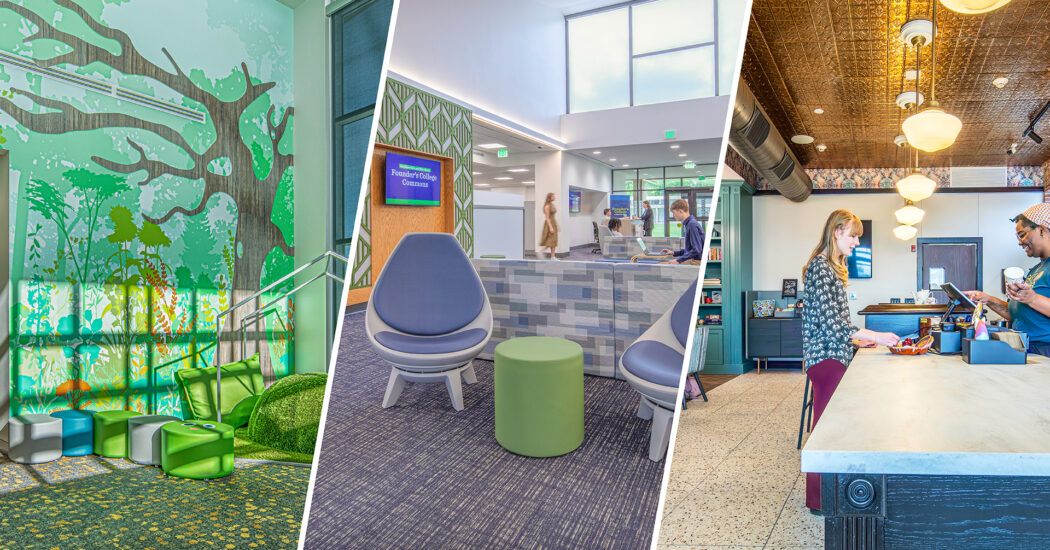Unlocking the Future of Housing: Designing Bloomington, Indiana’s ADUs for Sustainable Living and Vibrant Communities
-
Category
Studio-Community, Innovation -
Posted By
Lisa Gomperts -
Posted On
May 22, 2023
In recent years, the concept of accessory dwelling units (ADUs) has gained prominence as an innovative housing solution. ADUs, also known as granny flats and in-law or secondary suites, are self-contained living spaces located on the same property as a primary residence. These versatile structures offer homeowners many benefits, from increased rental income and property value to addressing housing shortages and promoting sustainable living.
Embark on our ADU journey in Bloomington, Indiana, where our architectural team collaborated with the city to revolutionize housing. Discover the background, housing needs, and our team-building approach. Finally, get inspired for a transformative future.
Background and Need
In 2018, the City of Bloomington’s Department of Planning and Transportation went through a zoning code update. Through the update, residents realized housing options were getting tighter, and with more families downsizing or looking to earn additional income, housing needs and types were also evolving. All things considered, the city recognized an opportunity to offer affordable, sustainable housing.
Before implementing anything, City staff audited other communities that had successfully offered ADUs, and several educational websites were also studied to learn more about the concept and benefits. This exercise allowed the city to bring a Bloomington-specific idea to the Plan Commission and City Council. As with any new idea, there were pros and cons with the biggest concern being the location of a vibrant college town with many student-focused rentals. Because student usage could potentially prevent ADUs from being used by older residents wanting to age in place with their family, the community was reluctant at first. In the end, ADUs were approved, and the Department of Planning and Transportation began its planning to introduce them. They found an ally with Community Development Financial Institution (CDFI) Friendly Bloomington to offer a lending option, and that’s where our involvement started.
Having worked well with the City of Bloomington on other projects and with a strong relationship in place, Agency Director Scott Robinson contacted us about developing floor plans and renderings to submit for the city’s first ADU concepts. We were thrilled to be asked and viewed it as a great opportunity to encourage teambuilding with our architectural graduates.
Our Approach
Guidance from the City provided the opportunity for creativity with only a few parameters stating that ADU living units had to be located on the same property as a primary residence, have general size and area/square footage standards, and embrace sustainability and accessibility. This opened the door for our less-experienced architects to take the lead. We did an internal design charette with our architectural graduates—Myrisha Powell, Trisha Martin, Sayo Adesiyakan, Alvin Laguerre, Sabrina Lasley, James Hastings, Meghan Wakefield, and Elif Ekser—to develop nine initial concepts. Designs were then judged by Principal Steve Schaecher, Associate Steve Alspaugh, and me, and feedback was provided. Concepts were shared with the City who narrowed the pool to four designs for further development.
Our carefully chosen quartet of designs—Bloomington Cottage, COMMUNE-ity, Historic Bloom, and Sol Searcher—take the spotlight on the city’s website and are generating buzz through neighborhood listservs and word-of-mouth promotion. When asked why these designs were chosen, Robinson said they sought variety and examples of sustainable design, which has become a huge selling point for the city. They also valued our reputation in delivering stellar work, mentoring, and the opportunity we gave less-experienced professionals to be involved in the initial design concept of a project.
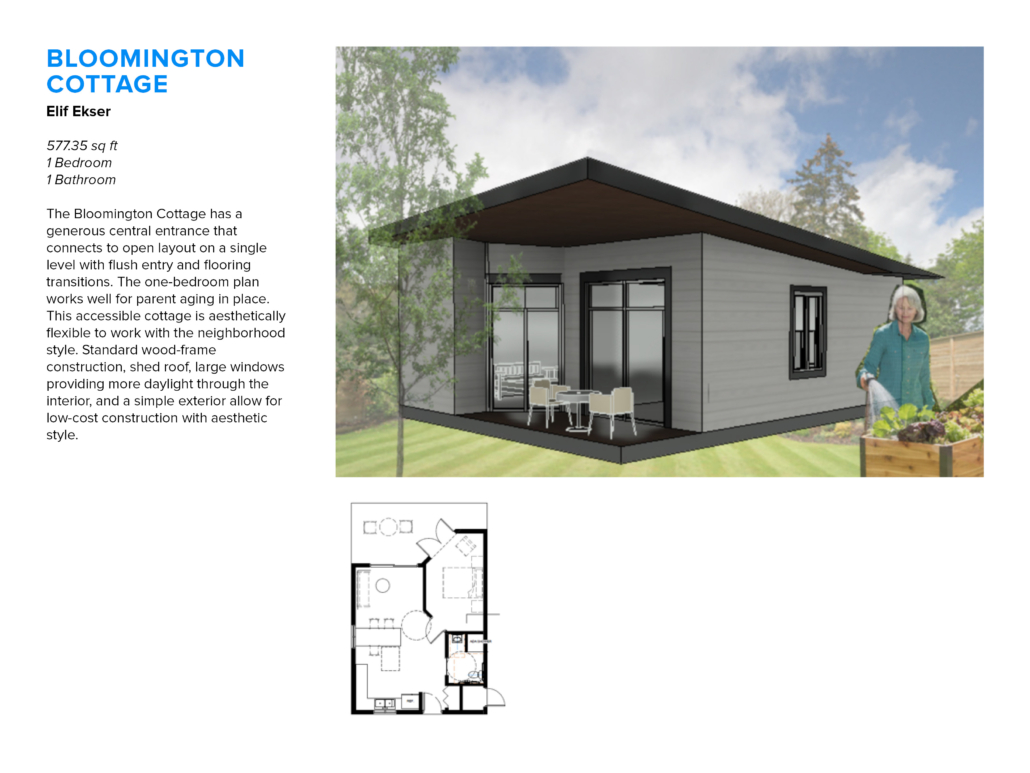
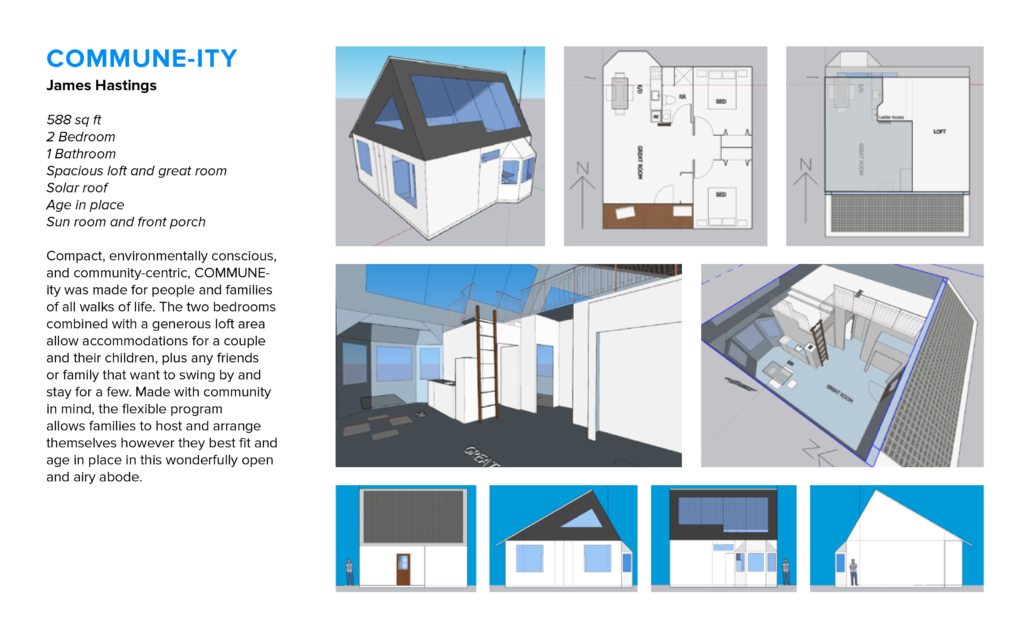
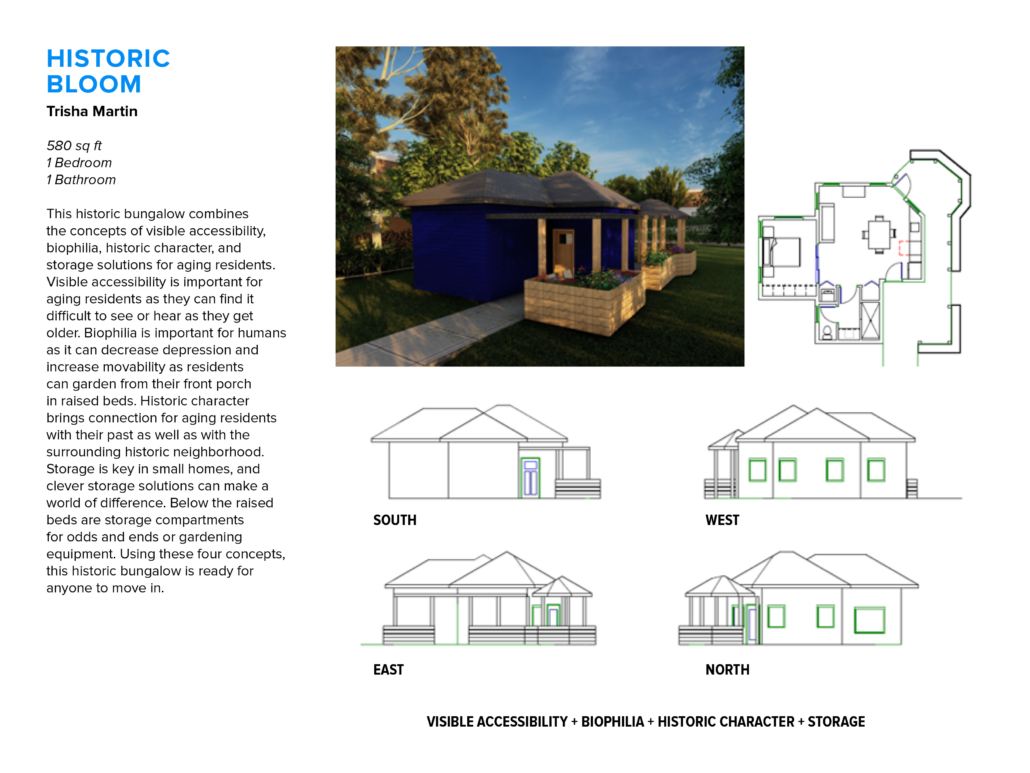
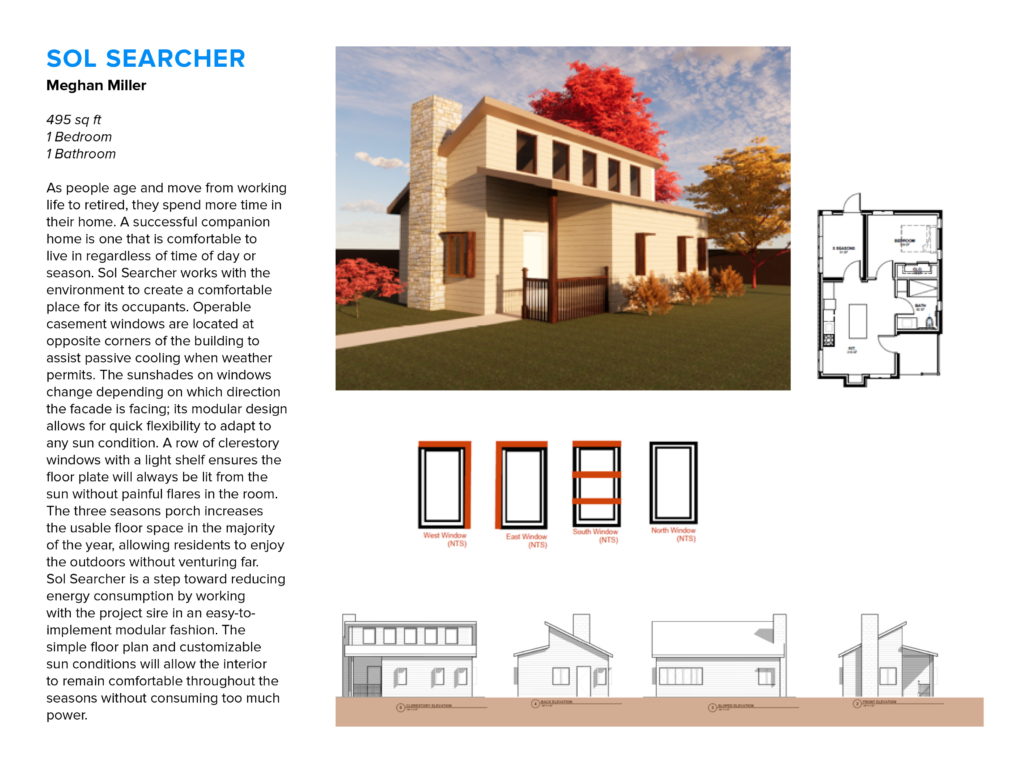
Moving Forward
Although we do not design individual residences often, our architectural graduates brought an unmatched level of energy to the project, and they now have additional work to show. For any less-experienced architect, this is an incredibly valuable experience. Furthermore, getting to provide a growing community with new cost-effective housing options that meet the goals of aging in place, sustainability, and increased housing density has been truly exciting. We’re also pleased to hear there are currently 30 active permits for ADUs, which indicates the idea is spreading quickly, and with ongoing support, ADUs have the potential to revolutionize housing landscapes by building more inclusive and vibrant neighborhoods.
*Lisa Gomperts, FAIA, LEED AP, is a principal for Schmidt Associates.
Like what you read? Let’s talk.






